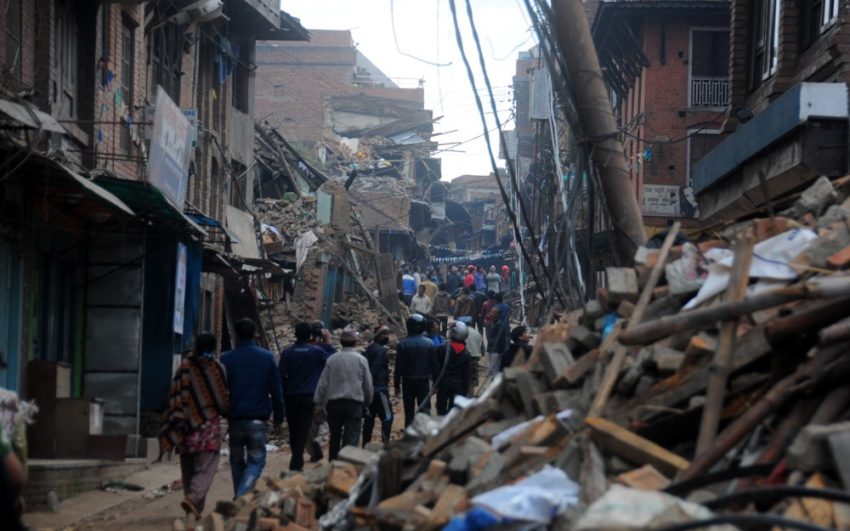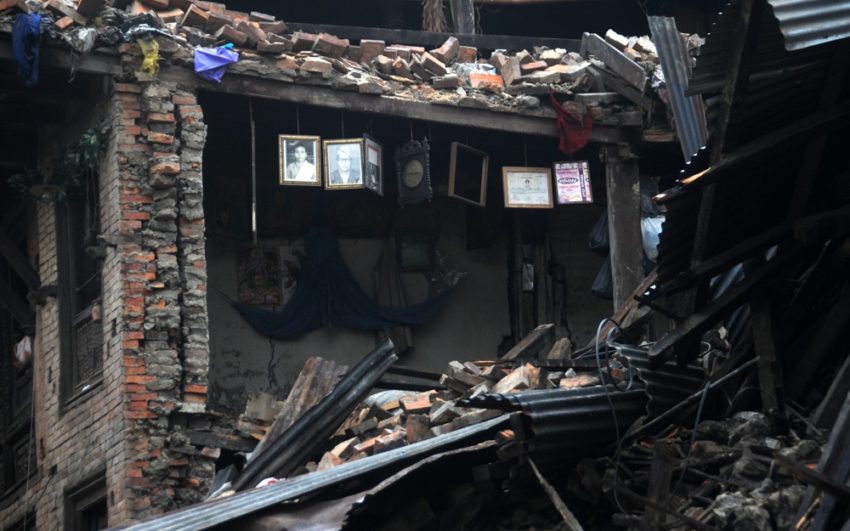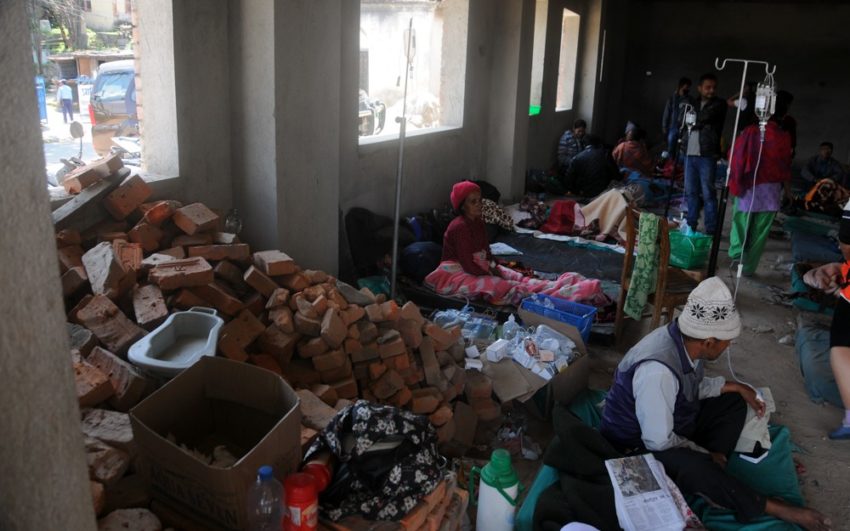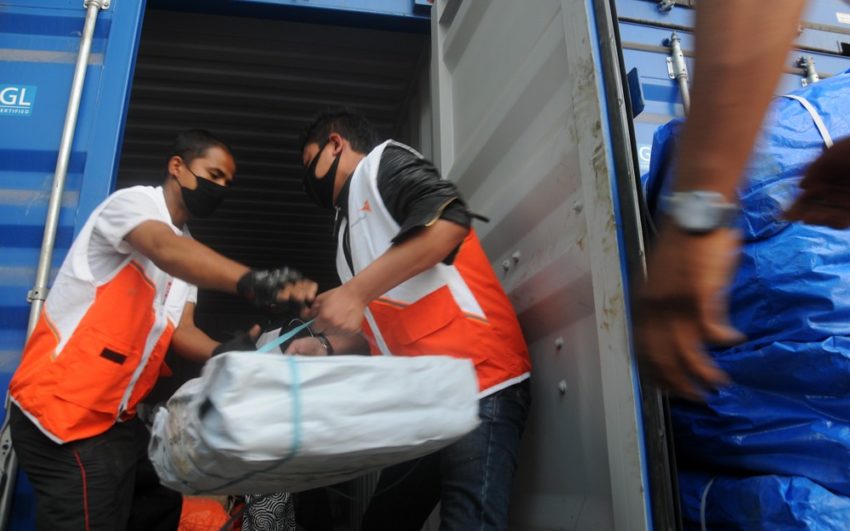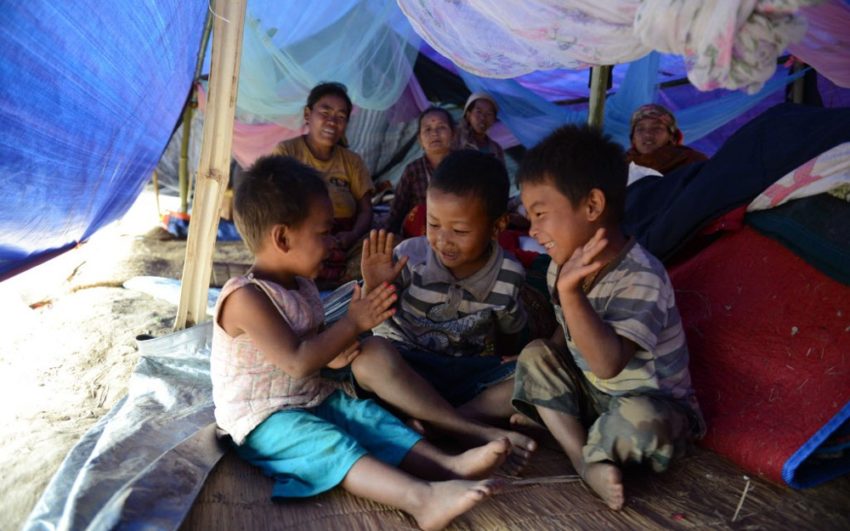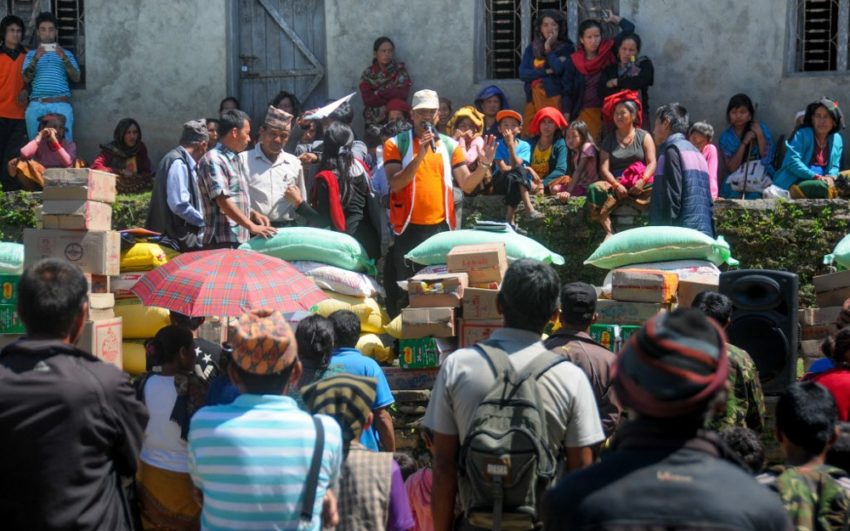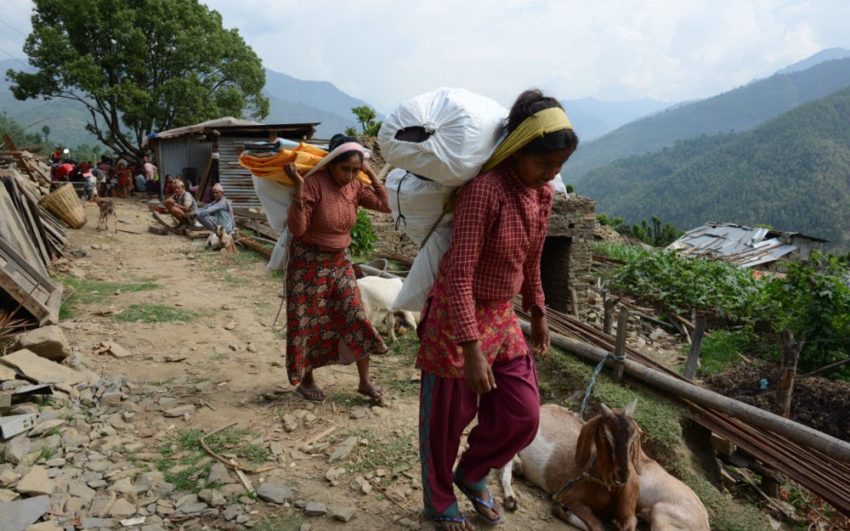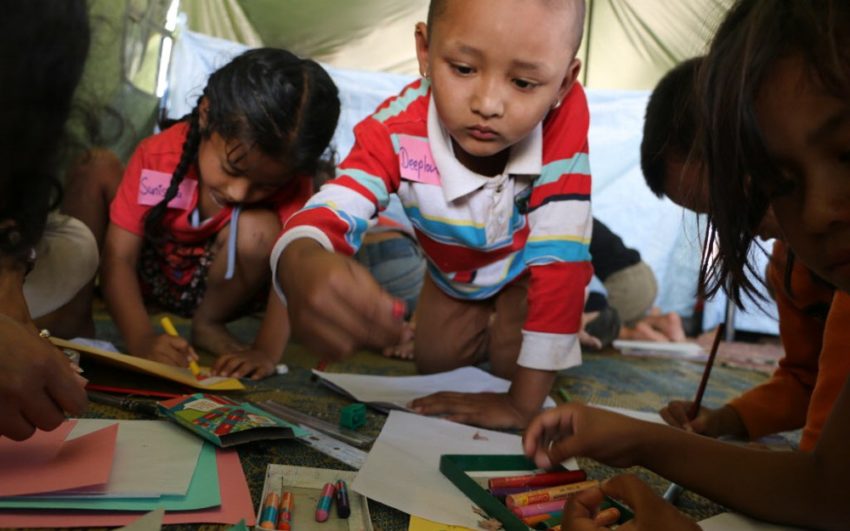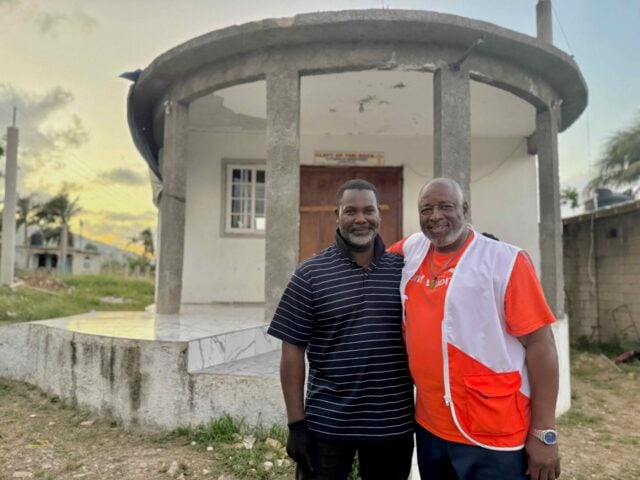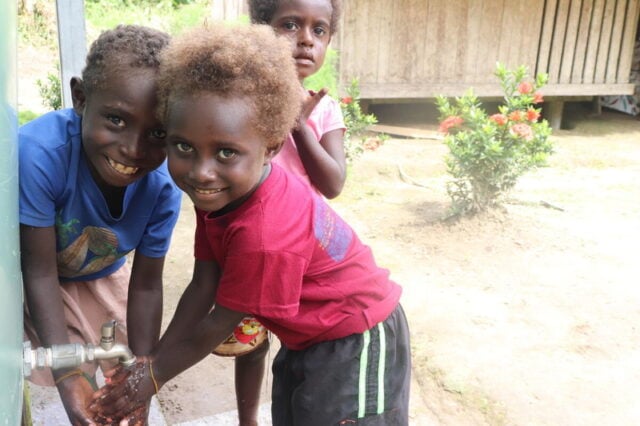On November 3, 2023, a powerful 6.4 magnitude earthquake devastated the western region of Jajarkot in Nepal, resulting in the tragic loss of at least 150 lives and leaving hundreds more injured. The seismic impact not only shook buildings in neighboring New Delhi, India, but also reverberated in Nepal’s capital, Kathmandu, over 300 miles away. The seismic event underscored the nation’s vulnerability to seismic disasters and follows the devastating 2015 earthquake that claimed 9,000 lives and injured over 22,000 others.
Nepal earthquakes: Facts, FAQs, and how to help
Explore frequently asked questions about Nepal earthquakes, and learn how you can help survivors of disasters.
- Fast facts: Nepal earthquakes
- What’s the current situation in Nepal?
- How did World Vision respond to the 2023 Nepal earthquake?
- How can I help Nepal earthquake survivors today?
- Where did the 2015 Nepal earthquake strike?
- Why was the 2015 Nepal earthquake so destructive?
- What hardships have the 2015 Nepal earthquake survivors experienced?
- What was World Vision’s response to the 2015 Nepal quake?
- 2015 Nepal earthquake and recovery timeline
Fast facts: Nepal earthquakes
- The November 3, 2023, earthquake, with its epicenter in Jajarkot, occurred at a depth of more than 10 miles, according to the U.S. Geological Survey (USGS). A 5.8 magnitude aftershock took place on November 6 in Jajarkot as well.
- In Jajarkot and the neighboring Rukum district, the devastation was severe, with scores of lives lost and many more injured.
- Nepal, situated in the Himalayan region, is susceptible to frequent seismic activity. Recently, a 6.3-magnitude earthquake in the western district of Bajhang resulted in injuries.
- In 2015, the country experienced two devastating earthquakes that claimed the lives of 9,000 people and left 22,309 others injured.
- The 2015 quake triggered an avalanche that killed 19 climbers on Mt. Everest and stranded hundreds at the base camp.
- A 1934 earthquake in Nepal caused more than 10,000 deaths.
What’s the current situation in Nepal?
The earthquake struck Nepal’s northwest region, causing homes to collapse and families to become trapped amid the ruins in remote, mountainous areas accessible only by foot. Landslides triggered by the quake further complicated the situation by obstructing roads, necessitating government intervention to clear the way. Meanwhile, dedicated rescue teams tirelessly worked to locate survivors and transport the injured to hospitals.
How did World Vision respond to the 2023 Nepal earthquake?
We responded swiftly by preparing more than 350 emergency kits to be distributed by local authorities to affected communities. Each kit contains mosquito nets, tarps, rope, plastic mats, blankets, sleeping bags, family tents, mattresses, and a generator. World Vision is also collaborating with partner agencies and local governments to gather information on other immediate needs in earthquake-affected areas, with plans to provide relief support to affected families based on the information received.
How can I help Nepal earthquake survivors today?
You can help World Vision to continue responding to disasters around the world like the 2023 Nepal earthquake.
- Pray: Join us in praying for children and families affected by the devastating earthquake and for World Vision staff and responders involved in the relief efforts.
- Give: Your gift to the Disaster Relief Fund can deliver hope and practical help to children and families when disasters, such as the Nepal earthquake strike.
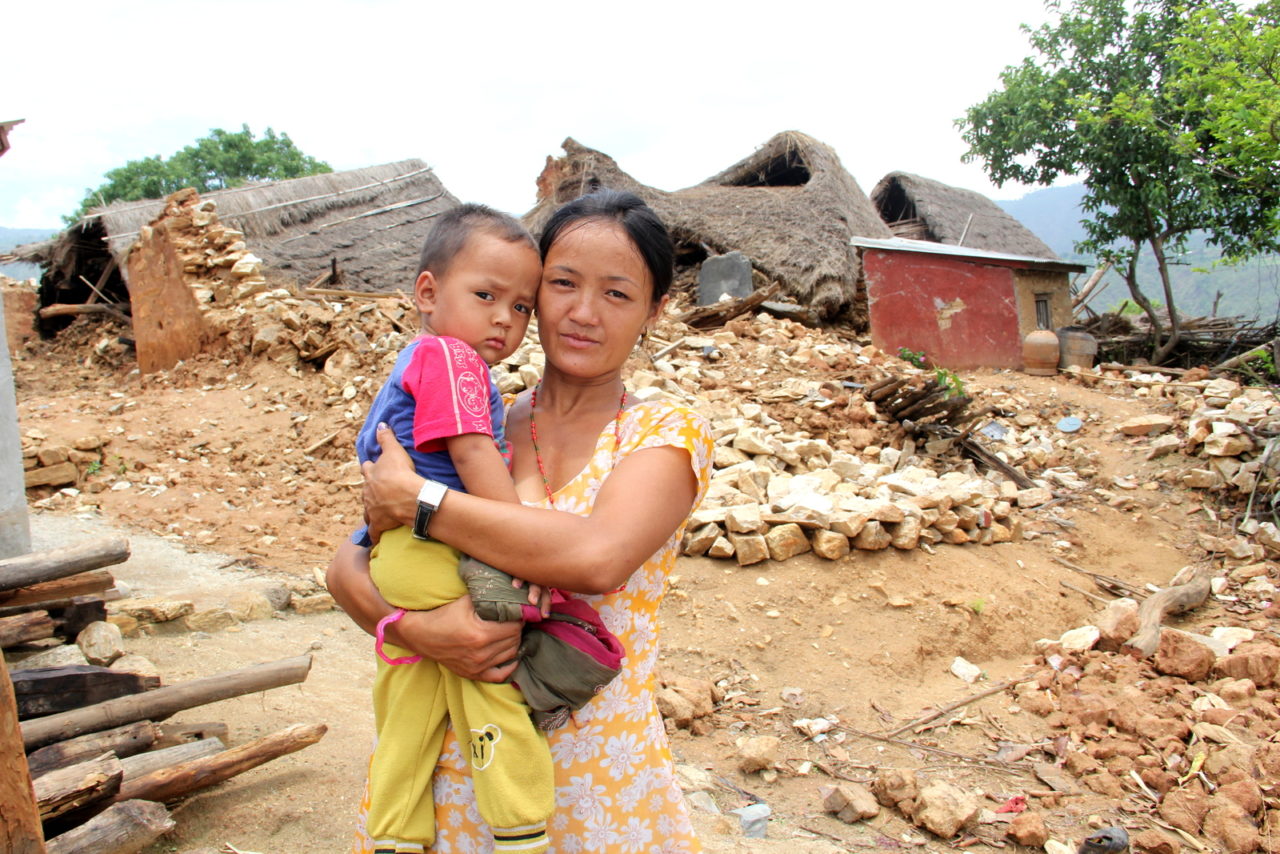
Where did the 2015 Nepal earthquake strike?
The epicenter of the magnitude 7.8 quake was near Lamjung, about 50 miles northwest of Kathmandu. The quake was felt throughout central and eastern Nepal as well as parts of India, Bangladesh, and southern Tibet. The May 12 magnitude 7.3 aftershock struck some 47 miles east-northeast of Kathmandu in an area that had been seriously affected by the first quake. The May 12 quake killed more than 100 people and injured nearly 1,900.
Why was the 2015 Nepal earthquake so destructive?
At nine miles deep, the shallow initial quake caused shaking near the surface. Poorly constructed multi-story brick buildings and temples in and around Kathmandu were reduced to rubble. Brick is the go-to building material because the Kathmandu Valley has many brickworks. However, poor construction practices meant older buildings often lacked steel reinforcements and adequate foundations. Heavy bricks made the buildings deadly when they fell.
Mountainous rural areas with poor infrastructure suffered even worse. Whole villages collapsed; their houses made of stacked stones or timbers and mud were no match for the destructive force of landslides, avalanches, and shaking.
What hardships have the 2015 Nepal earthquake survivors experienced?
Many survivors of the 2015 Nepal earthquake lost not only family members but their homes and all of their possessions. They have struggled to provide for their families and to rebuild their livelihoods, houses, and communities.
Farmers lost livestock, crops, tools, and irrigation works. The disaster also affected more than half of the country’s schools, which were damaged and destroyed. Close to 1 million children remained out of school. Damaged and destroyed were health centers and hospitals and water and sanitation systems.
The social upheaval and poor living conditions resulting from the quake made women and children more vulnerable to abuse and exploitation. Child marriage and trafficking increased.
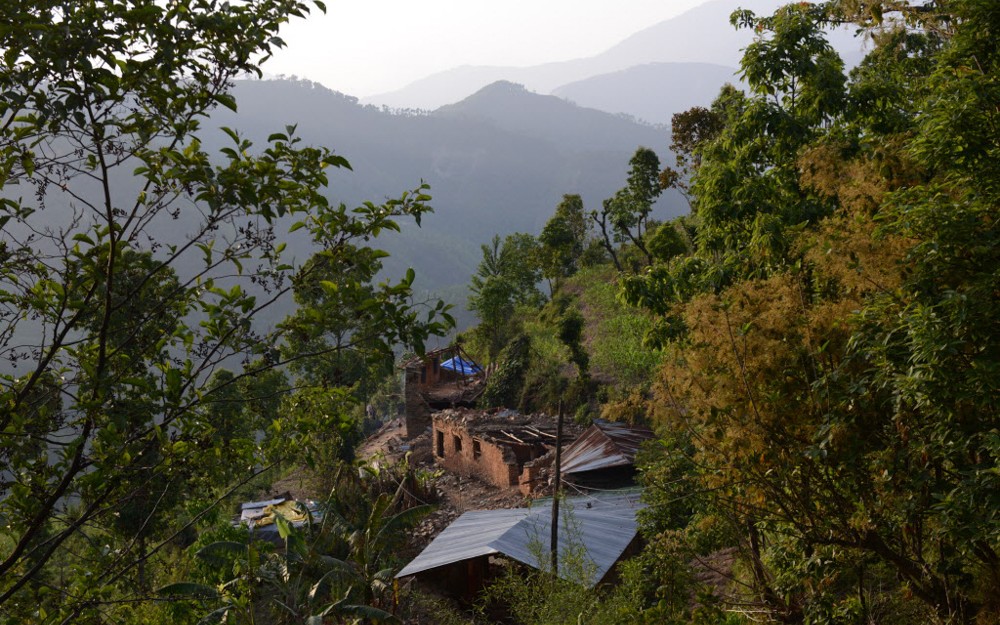
What was World Vision’s response to the 2015 Nepal quake?
World Vision has worked in Nepal since 2011. We operate 16 community development programs in 10 of Nepal’s 75 districts. At the time of the quake, we employed 200 staff members in long-term community development programs.
Before the earthquake, World Vision had served more than 1.2 million people with maternal and child health; education; child protection; livelihood support; and water, sanitation, and hygiene projects. Knowing Nepal is very vulnerable to earthquakes, we had also begun a disaster preparedness program. In Lalitpur and Rupandehi districts, we had trained 65,000 children and adults how to reduce their risks in case of disaster and retrofitted community buildings with earthquake-resistant construction.
World Vision’s three-year response to the 2015 Nepal earthquake occurred in three phases:
- Relief phase: April 26, 2015 to September 30, 2015
- Recovery phase: October 1, 2015 to September 30, 2016
- Rehabilitation phase: October 1, 2016 to April 25, 2018
After three months, World Vision helped:
- 133,000 people receive relief goods and services such as Child-Friendly Spaces and Temporary Learning Centers, where children attend classes until their schools are repaired or rebuilt
Six months, we helped:
- 229,000 people affected by the earthquake
- 17,000 families with emergency shelter kits
- 96,000 people with the restoration of water and sanitation services
- 8,200 children who attended Child-Friendly Spaces and Temporary Learning Centers
Two years on, World Vision helped:
- More than 526,873 people across 10 of Nepal’s hardest-hit districts
- 28,860 families with shelter assistance, including roofing sheets and toolkits for rebuilding
- 39,821 children with education assistance through school materials, construction of Temporary Learning Centers, and the rebuilding of 14 schools
- 114,775 people restore their livelihoods through agriculture training and tools, new livestock, and the repair of 55 irrigation systems
- By the end of the rehabilitation phase in April 2018, World Vision had reached 27,250 additional people with livelihoods, water and sanitation, and shelter assistance.
2015 Nepal earthquake and recovery timeline
With a per capita income of only $1,000, Nepal was one of the world’s poorest countries during the 2015 earthquake; its economy still lags. The disaster affected the most impoverished and vulnerable of its citizens — rural farmers. Plagued with government instability and social unrest, Nepal ranks among the world’s most fragile states.
2015
- April 25: A magnitude 7.8 earthquake strikes. About 100 international search and rescue and medical teams arrive within 24 hours. The Mt. Everest climbing season is canceled.
- May 12: A magnitude 7.3 aftershock occurs, causing massive destruction of schools, health centers, water and power systems, roads and bridges, along with homes.
- June to September: Monsoon season rains cause landslides, making mountainous regions inaccessible to foot traffic. Low clouds prevent air operations.
- September 20: Officials approved a new national constitution after a decade of delays and political unrest; protests ensued.
- October to February 2016: A border blockade prevents land travel between India and Nepal, creating shortages of fuel, drugs, and other items needed for relief operations. Aid groups race to provide supplies to mountain villages before winter sets in.
- December: The Nepal government sets up National Reconstruction Authority to oversee rebuilding.
2016
- The government reconstruction authority focuses on improving shelter and reducing disaster risks. About 70% of people displaced by the quakes still live in substandard temporary shelters, making them especially susceptible to monsoon flooding and cold winters.
2017 to 2018
- Reconstruction continues.
